Neutral colors are a popular choice for living rooms because they provide a calming and balanced atmosphere. These colors include shades of white, beige, and gray. They are easy to decorate with and can work well with a variety of styles. Plus, they are perfect for creating a clean and modern look in your living room. If you want to add a touch of warmth to a neutral living room, consider using a warm neutral color such as sand, ivory, or taupe. These colors can add a cozy and inviting feel to your space.Neutral Colors
Warm colors are perfect for creating a welcoming and inviting atmosphere in your living room. These colors include shades of red, orange, and yellow. They can add a sense of energy and vibrancy to your space. To add warmth to your living room, consider using warm colors such as terracotta, mustard, or burnt orange. These colors can create a cozy and inviting feel, perfect for gatherings with family and friends.Warm Colors
Cool colors are known for their calming and relaxing effects. These colors include shades of blue, green, and purple. They can create a serene and tranquil atmosphere in your living room. If you want to add a touch of coolness to your living room, consider using cool colors such as sky blue, seafoam green, or lavender. These colors can create a refreshing and peaceful feel in your space.Cool Colors
Earth tones are inspired by natural elements such as wood, stone, and soil. These colors include shades of brown, green, and gray. They are perfect for creating a warm and earthy feel in your living room. To bring the beauty of nature into your living room, consider using earth tones such as olive green, chocolate brown, or warm gray. These colors can create a cozy and inviting space that is perfect for relaxing and unwinding.Earth Tones
Light shades are perfect for small living rooms as they can make the space feel larger and brighter. These colors include shades of white, cream, and pastels. They can create a clean and airy feel in your living room. If you have a small living room, consider using light shades such as off-white, pale pink, or baby blue. These colors can open up the space and make it feel more spacious and inviting.Light Shades
Dark hues are perfect for creating a dramatic and sophisticated look in your living room. These colors include shades of navy, emerald, and deep purple. They can add a sense of luxury and elegance to your space. To add a touch of drama to your living room, consider using dark hues such as midnight blue, forest green, or deep plum. These colors can create a bold and stylish look that will make a statement in your living room.Dark Hues
Accent colors are a great way to add pops of color and personality to your living room. These colors can be used in small doses to add interest and create a focal point in your space. When choosing accent colors, consider using bright and bold colors such as hot pink, electric blue, or sunshine yellow. These colors can add a playful and fun element to your living room.Accent Colors
Complementary colors are opposite colors on the color wheel that create a harmonious and balanced look when used together. These colors include red and green, blue and orange, and yellow and purple. For a striking and balanced look in your living room, consider using complementary colors such as teal and coral, mustard and eggplant, or navy and mustard. These colors can create a dynamic and visually appealing space.Complementary Colors
A monochromatic color scheme involves using different shades and tints of the same color in your living room. This creates a cohesive and sophisticated look that is easy to decorate with. To create a monochromatic living room, consider using different shades of one color such as light blue, medium blue, and navy blue. This will create a sense of depth and dimension in your space.Monochromatic Palette
When choosing colors for your living room, it's important to consider color psychology. Colors can affect our mood and emotions, so it's essential to choose colors that will create the desired atmosphere in your space. For example, yellow can promote happiness and positivity, while green can create a sense of harmony and balance. Consider using colors that align with the mood you want to create in your living room.Color Psychology
Why Choosing the Right Colors for Your Living Room is Essential for Your Home Design

Creating a Welcoming Atmosphere
 Painting your living room is not just about adding a splash of color to your walls, it is about creating a welcoming atmosphere for you and your guests.
The right colors can make a huge difference in the overall feel of your living room, transforming it from a dull and lifeless space to a warm and inviting one. When choosing colors for your living room, it is important to consider the purpose of the room and the kind of atmosphere you want to create.
Bold and vibrant colors like red, yellow, and orange can create a lively and energetic feel, while cool and subtle colors like blue, green, and beige can create a calm and relaxing ambiance.
Painting your living room is not just about adding a splash of color to your walls, it is about creating a welcoming atmosphere for you and your guests.
The right colors can make a huge difference in the overall feel of your living room, transforming it from a dull and lifeless space to a warm and inviting one. When choosing colors for your living room, it is important to consider the purpose of the room and the kind of atmosphere you want to create.
Bold and vibrant colors like red, yellow, and orange can create a lively and energetic feel, while cool and subtle colors like blue, green, and beige can create a calm and relaxing ambiance.
Reflecting Your Personal Style
 Your living room is a reflection of your personal style and taste, and the colors you choose can play a big role in this.
Whether you prefer a modern and sleek look or a cozy and traditional feel, the right colors can help bring your vision to life.
Neutral colors like grey, white, and beige can provide a clean and sophisticated look, while bolder colors like purple, pink, and turquoise can add a touch of playfulness and creativity.
It is important to consider your furniture and decor when choosing colors, as they should complement each other and create a cohesive look.
Your living room is a reflection of your personal style and taste, and the colors you choose can play a big role in this.
Whether you prefer a modern and sleek look or a cozy and traditional feel, the right colors can help bring your vision to life.
Neutral colors like grey, white, and beige can provide a clean and sophisticated look, while bolder colors like purple, pink, and turquoise can add a touch of playfulness and creativity.
It is important to consider your furniture and decor when choosing colors, as they should complement each other and create a cohesive look.
Enhancing the Space
 Colors can also have a significant impact on the perception of space in your living room.
Darker colors can make a room feel smaller and more intimate, while lighter colors can make a room feel larger and more airy. If you have a small living room,
opting for light and neutral colors can help open up the space and make it feel more spacious.
On the other hand, if you have a large living room,
bold and dark colors can add depth and warmth to the space.
It is important to strike a balance and choose colors that will enhance the size and layout of your living room.
In conclusion,
choosing the right colors for your living room is crucial in creating a welcoming, stylish, and functional space in your home.
Consider the purpose of the room, your personal style, and the size of the space when selecting colors. With the right colors, you can transform your living room into a beautiful and inviting oasis that reflects your unique personality and taste.
Colors can also have a significant impact on the perception of space in your living room.
Darker colors can make a room feel smaller and more intimate, while lighter colors can make a room feel larger and more airy. If you have a small living room,
opting for light and neutral colors can help open up the space and make it feel more spacious.
On the other hand, if you have a large living room,
bold and dark colors can add depth and warmth to the space.
It is important to strike a balance and choose colors that will enhance the size and layout of your living room.
In conclusion,
choosing the right colors for your living room is crucial in creating a welcoming, stylish, and functional space in your home.
Consider the purpose of the room, your personal style, and the size of the space when selecting colors. With the right colors, you can transform your living room into a beautiful and inviting oasis that reflects your unique personality and taste.



:max_bytes(150000):strip_icc()/what-is-a-neutral-color-1973822-03-3fab8b5a361d49638d3de1cbaf579a22.jpg)
/Lee-Edwards-Getty-Images-56a5ae653df78cf7728968ec.jpg)

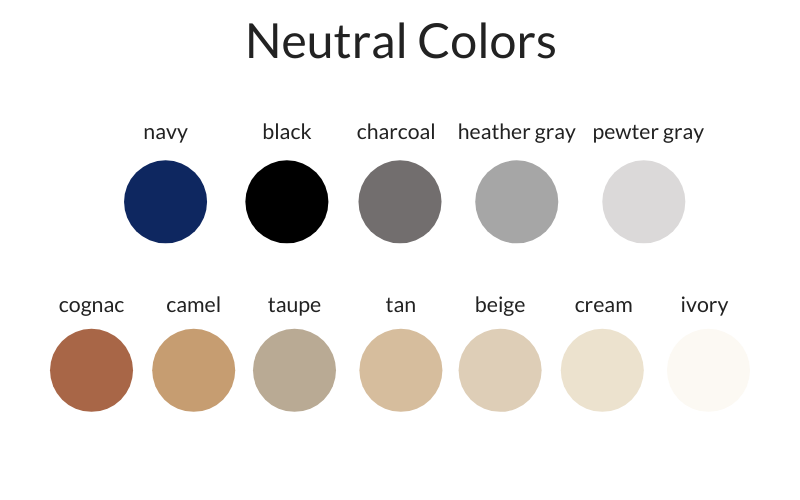

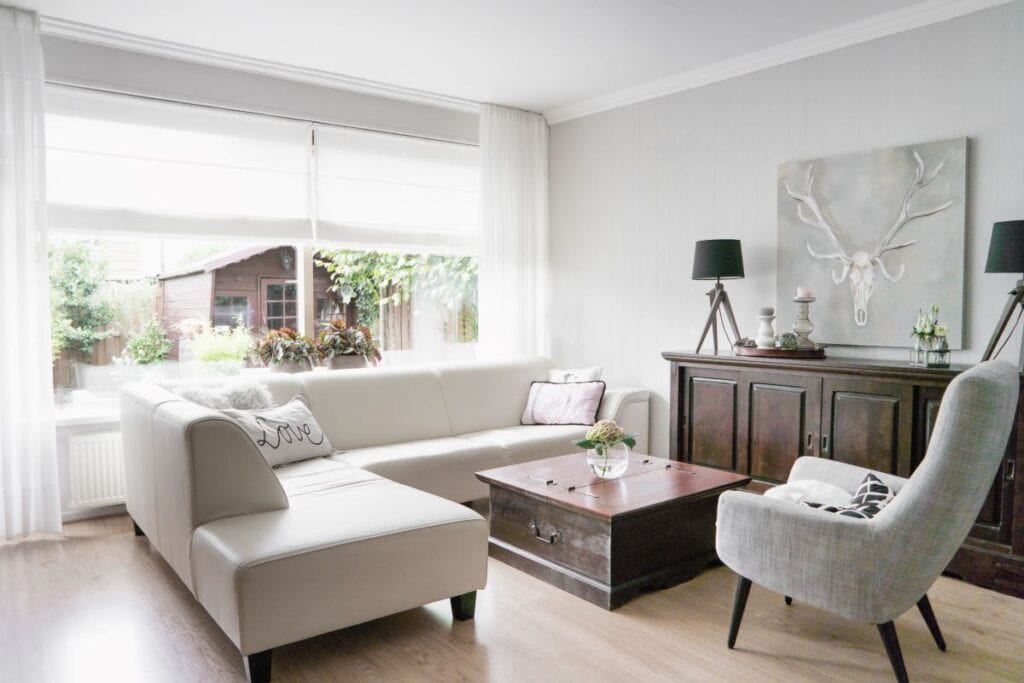
/clark_Kensington_neutrals-57db7f2e5f9b5865164b7baa.png)



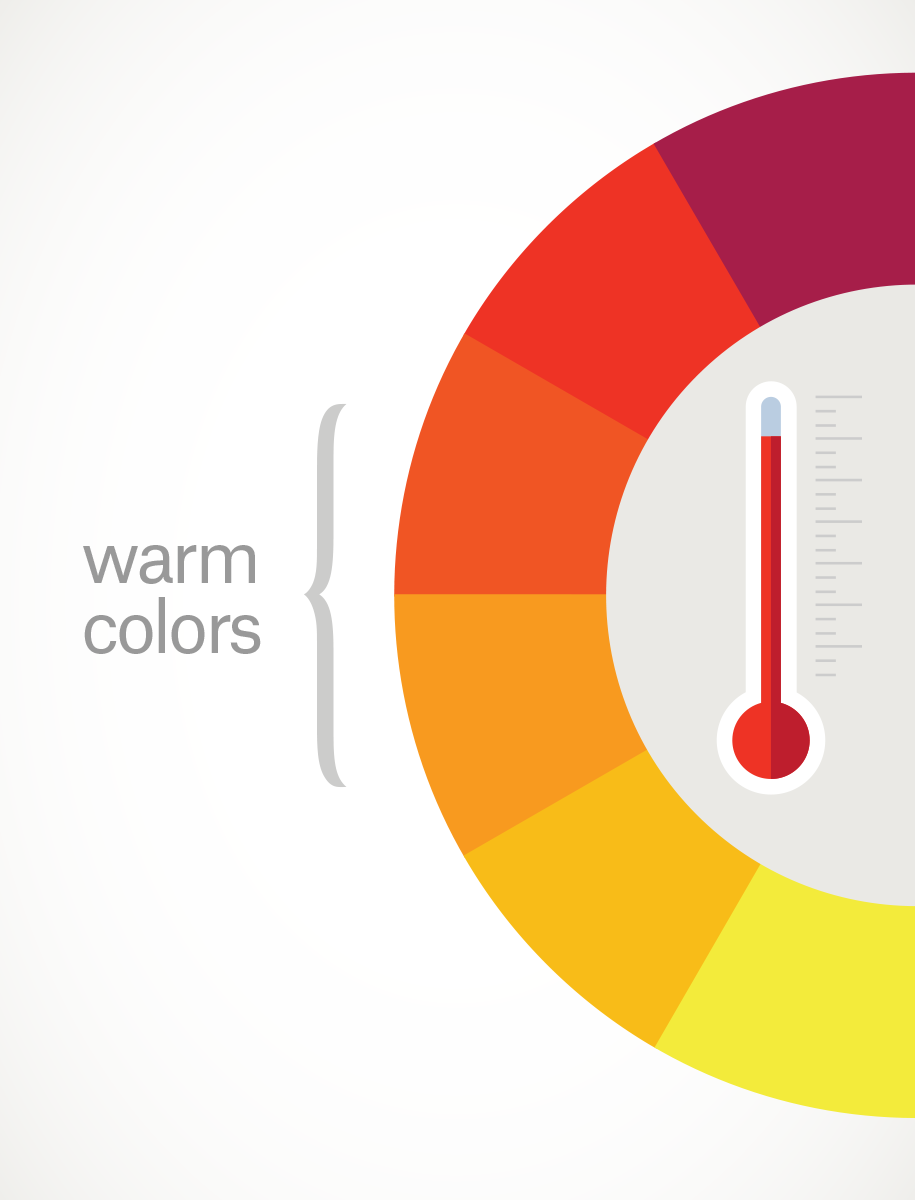


















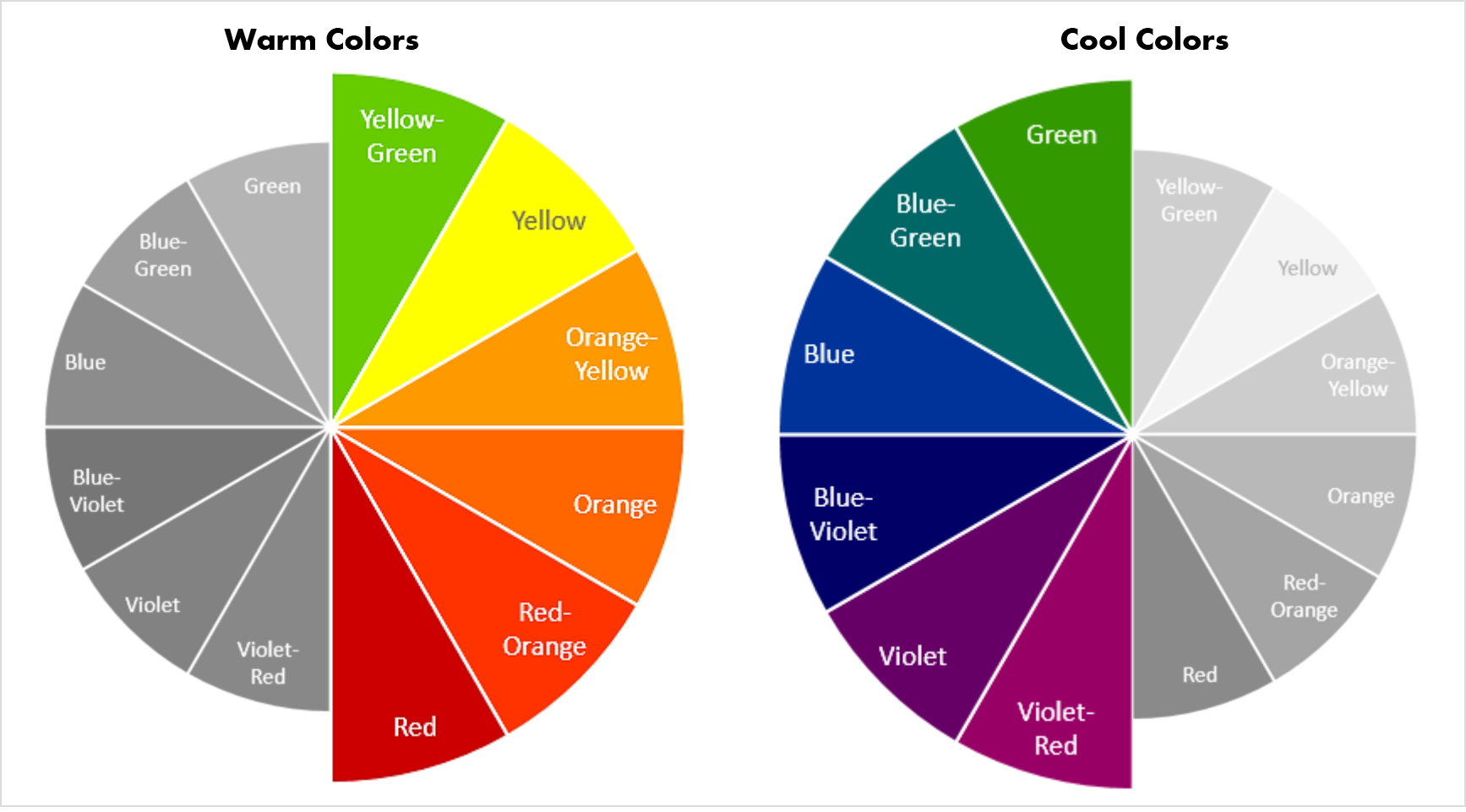
















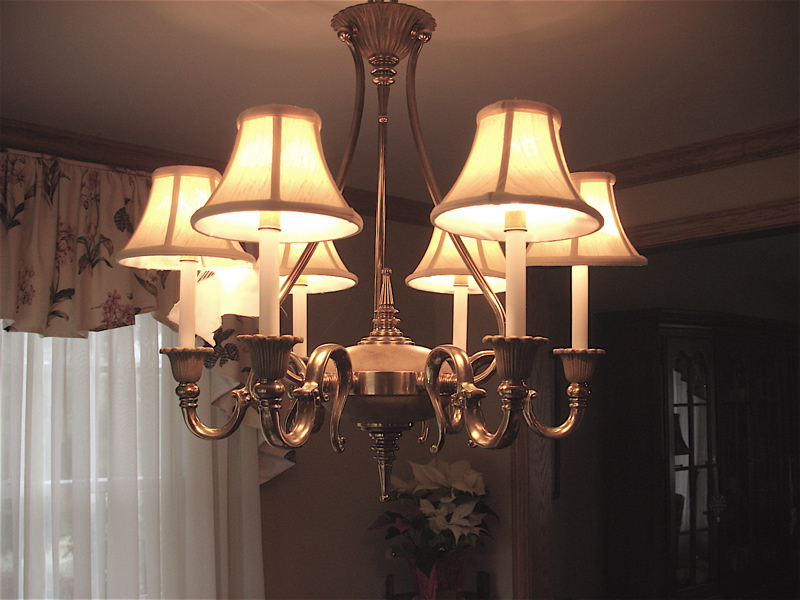























/VintageRevivals_RipeOliveSW6209-5c9434cec9e77c0001fab005.jpg)


/accent-wall-58a6a5e75f9b58a3c9c80d2e.jpg)
:max_bytes(150000):strip_icc()/TraditionalDining-Purple-OA-56a192075f9b58b7d0c0bc59.jpg)




:max_bytes(150000):strip_icc()/Lista_complementarios-56a6e6cb3df78cf77290d98b.png)











:max_bytes(150000):strip_icc()/monochromatic-rooms-7-87cd61d3c85644ef97dd727e9c0f9506.jpg)








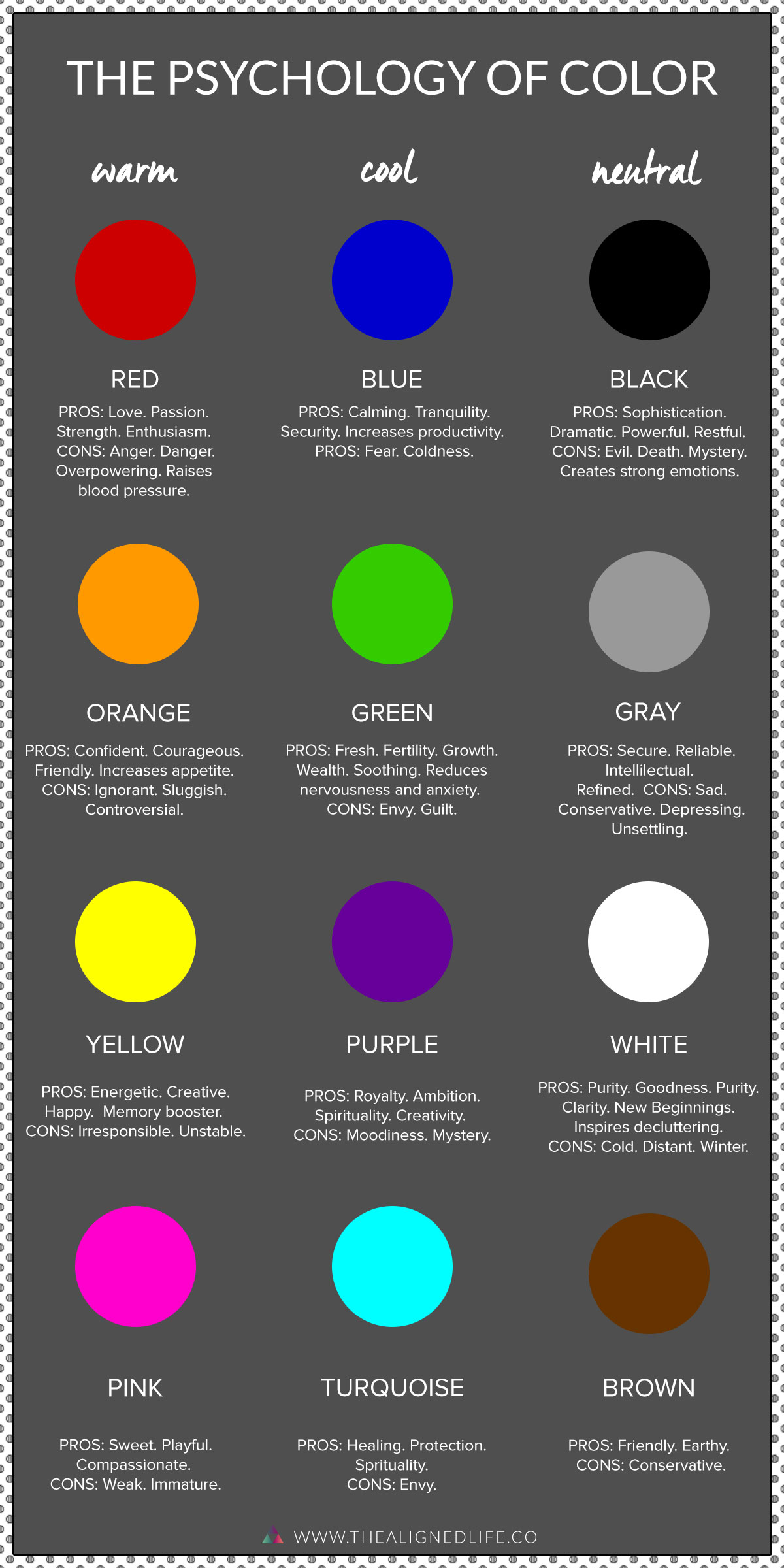


/2795824-color-psychology-5b0478de04d1cf003aac1625.png)
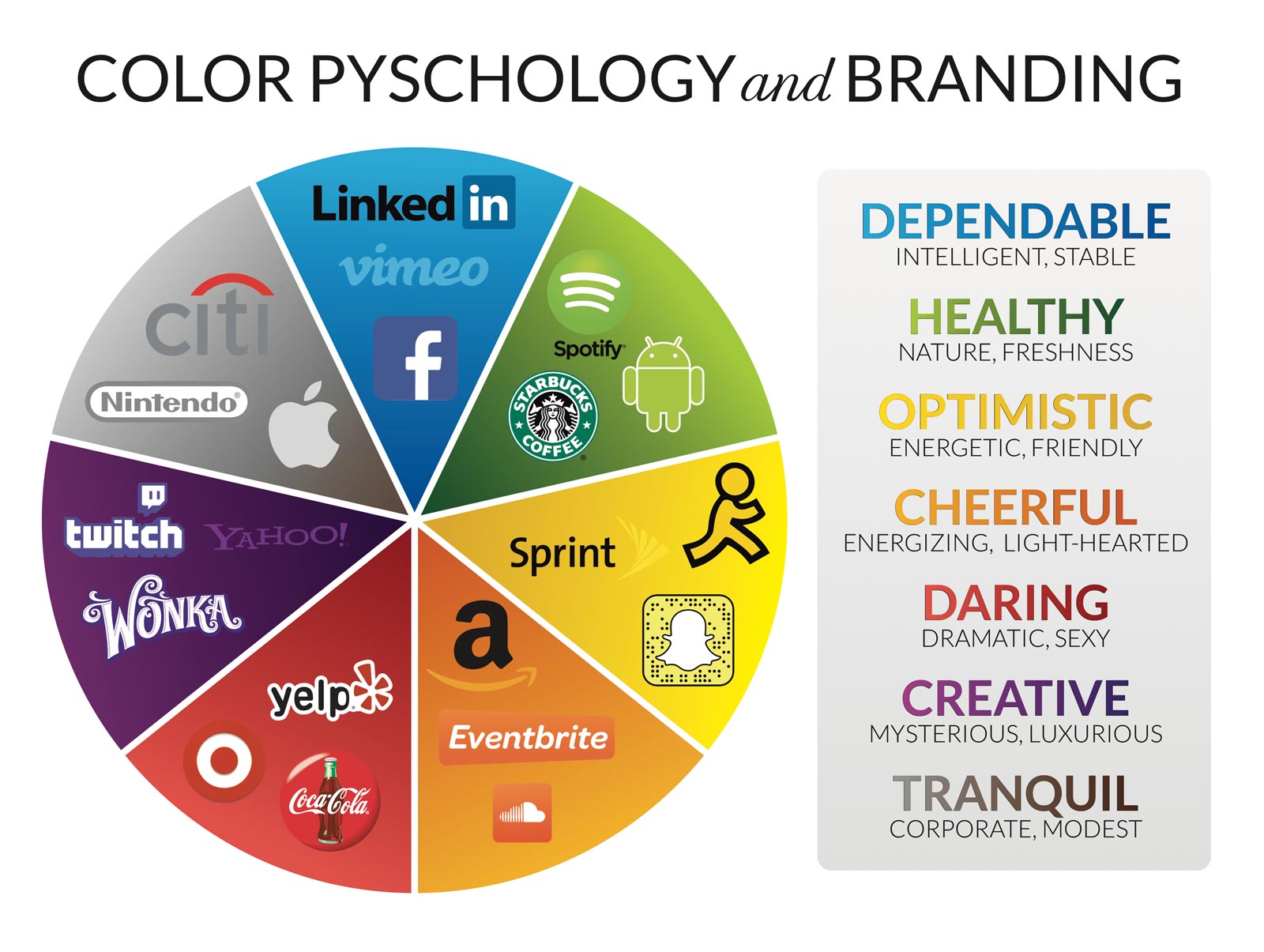


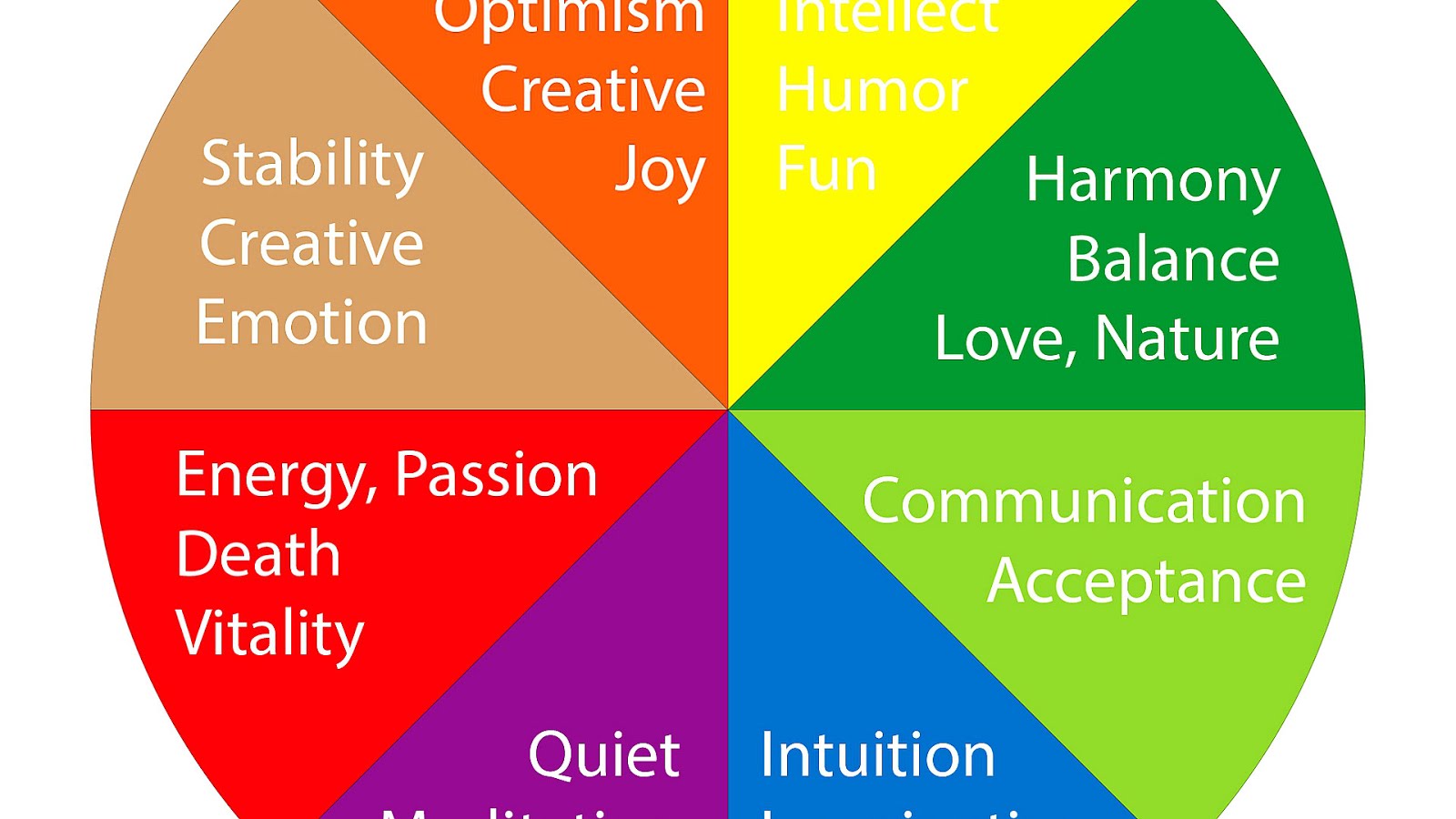

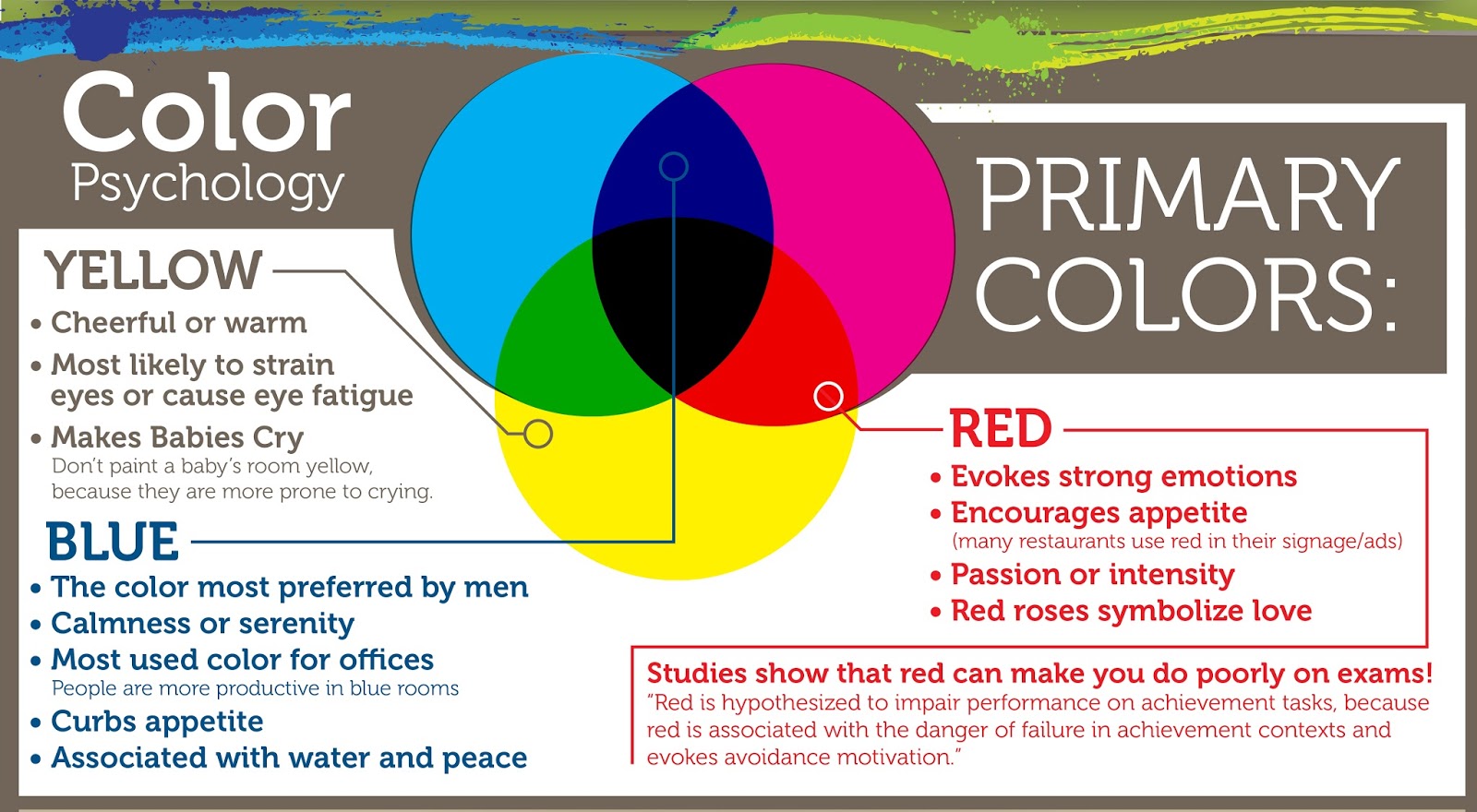




/ButterflyHouseRemodelLivingRoom-5b2a86f73de42300368509d6.jpg)



